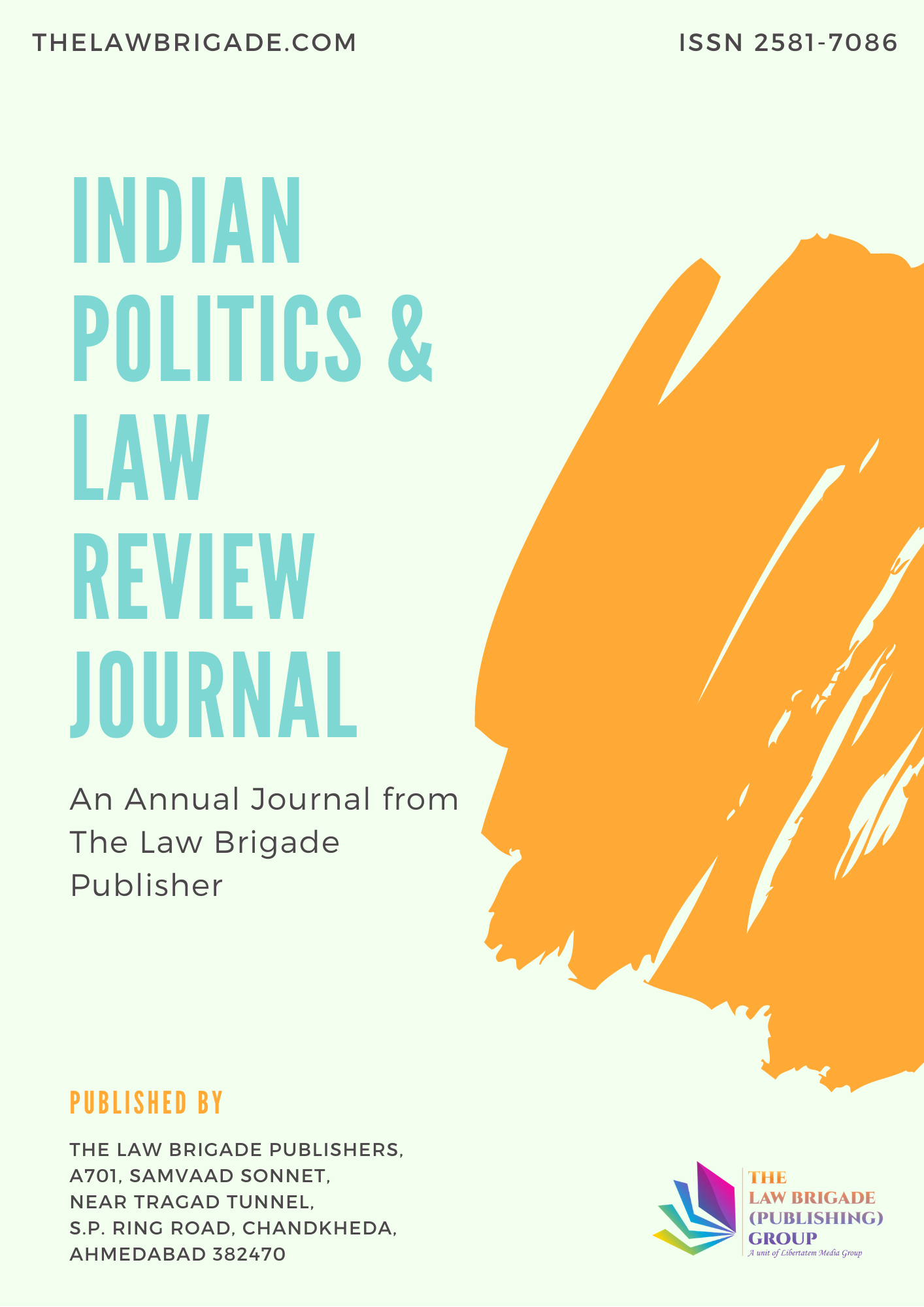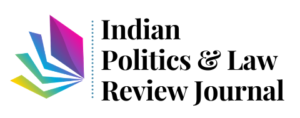The India constitution declares that everyone is entitled to “justice, social, economic and political; equality of status and opportunity; and to promote among them all”. Article-15 (3) to the Constitution of India empowers the state to make special provisions for women. Following the passing of 73rd Constitutional Amendment Act by Parliament, of confirmatory legislation providing reservations to weaker sections of society like SCs, STs and women at all three levels of PRIs was implemented by all most all states of India including the state of Odisha. Therefore, the empowerment of the tribal women under reservation policy is one of the major achievements of panchayati Raj System. Now in Indian society, decentralization is the main tool by which democracy becomes truly representative and responsive. The three tiers system of panchayati Raj: Village level, Block level and District level ensures the delegation of power but the implementation of the development of plans, programmers and policies are affected due to traditional biases and prejudice, illiteracy & dogma. The study intended to explain the decision making of tribal women representatives while ensure of Government’s development plans, programmers and projects, and need for structure of Socio-economic, political and cultural rights of village peoples. Practically, tribal women representatives remain only for record sake and the real power is still enjoyed by the dominative male or local power-brokers and they are facing many problems in various angles while discharging their functions in local self-government. This area was chosen for study because the said area is mostly dominated by tribals, who also inhabit the Simulipal National Park. As per population projection (2011-2036) censes, there are 749,089 females out of 1,479,576 total tribal population and 26 community development Blocks, 382 GP and 3966 Villages covering in the distinct of Mayurbhanj. According to elective representatives in the district of Mayurbhanj under PRIs in the year of 2022, total numbers of women ward members- 2099 out of 3721(ST), total number of women Sarapanchs-227 out of 404 (ST), total number of women PS members 157 out of 268 (ST) and total number of women ZP members- 22 (including chair person) out of 43(ST).
Empowerment of the Tribal Women Representatives through Panchayat Raj Institutions: A District Level Study of Odisha
Publication Information
Journal Title: Indian Politics & Law Review
Author(s): Dr Banamali Barik
Published On: 29/08/2023
Volume: 8
First Page: 254
Last Page: 270
ISSN: 2581-7086
Publisher: The Law Brigade Publisher
DOI Not Allotted [Get DOI]
Cite this Article
Dr Banamali Barik, Empowerment of the Tribal Women Representatives through Panchayat Raj Institutions: A District Level Study of Odisha, Volume 8, Indian Politics & Law Review, 254-270, Published on 29/08/2023, Available at https://iplr.thelawbrigade.com/article/empowerment-of-the-tribal-women-representatives-through-panchayat-raj-institutions-a-district-level-study-of-odisha/
Abstract
Keywords: Gender prospective, Empowerment of women, Panchayati Raj, Self-government, Local elective representatives.
Share this research
Latest Publications
April 10, 2024

Submissions Open!
Authors are invited to submit their research paper in the journal. Please click the Submit Button below to proceed.
Notice




